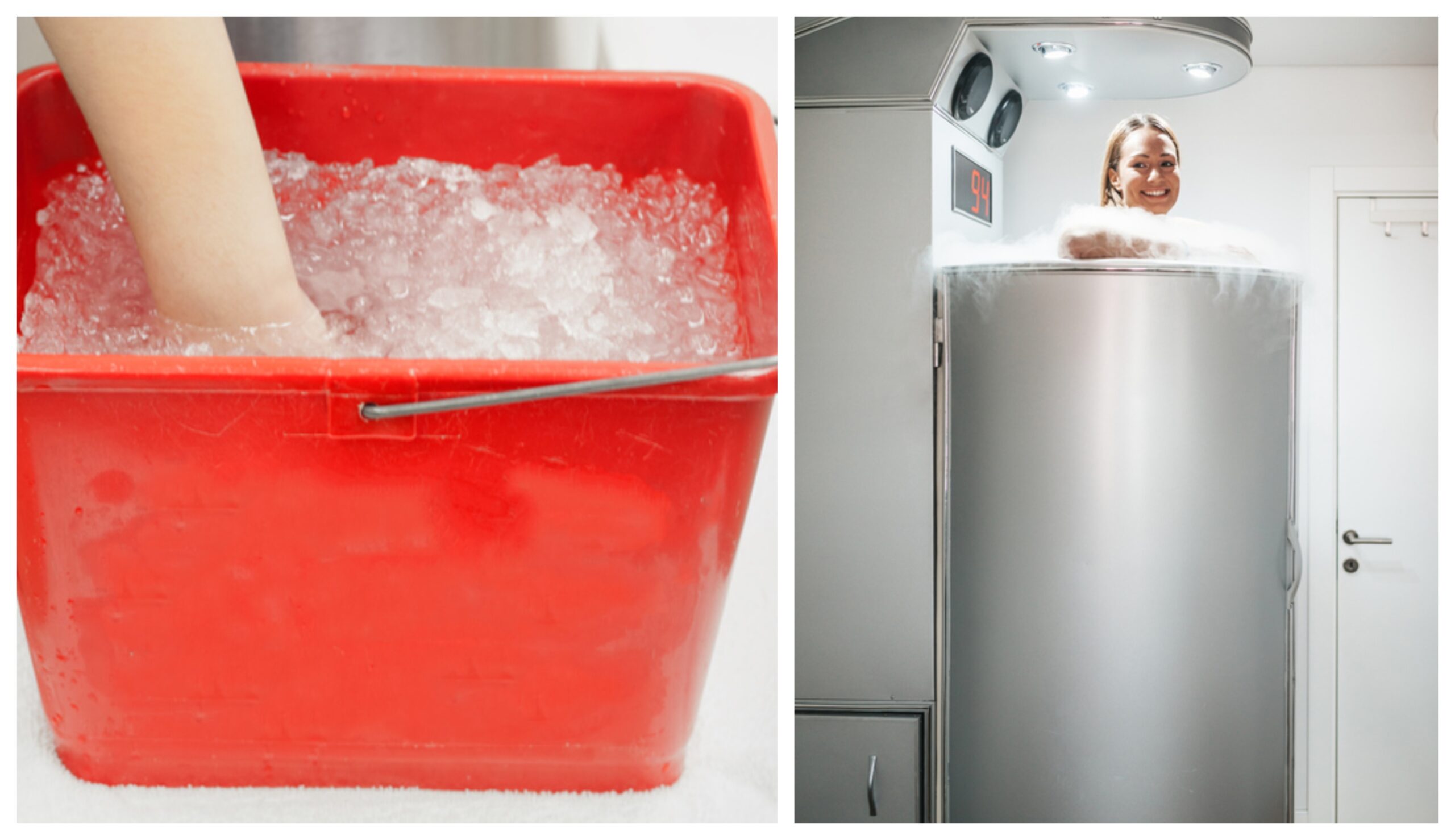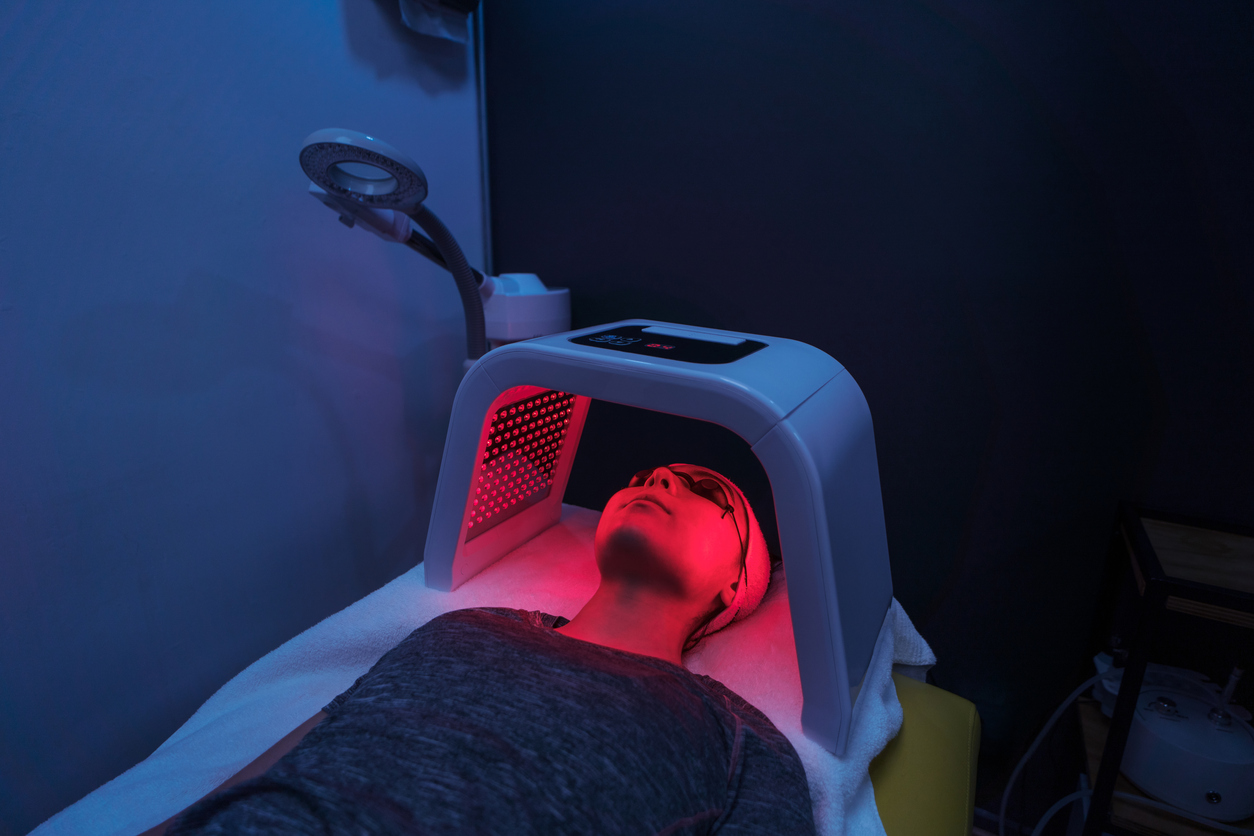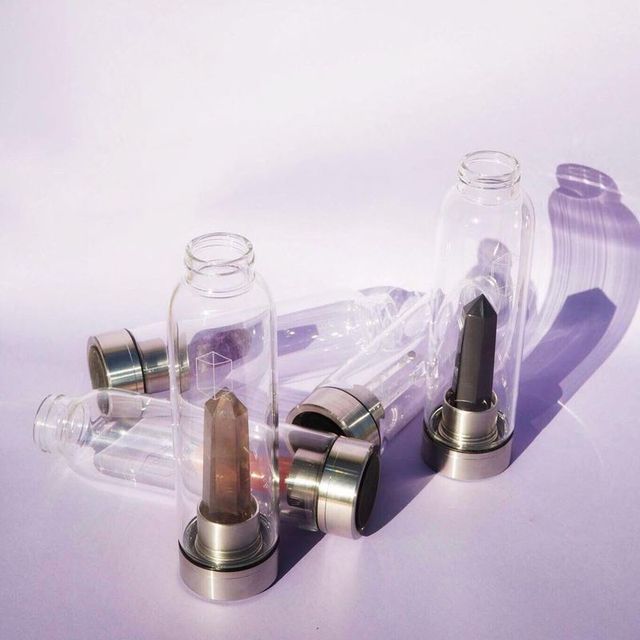This article provides detailed distinguishing features of ice baths vs cryotherapy.
Ice baths are a popular way to recover from intense workouts and help the body recover. Cryotherapy is a newer trend that has been gaining popularity in recent years. People use it to alleviate muscle soreness, reduce inflammation, and boost the immune system.
The two methods are often compared to each other because they both have similar benefits, but there are some differences between them as well.
Ice baths vs cryotherapy
What’s the difference between ice baths and cryotherapy? The main difference is that ice baths involve immersing yourself in cold water for a long period of time, while cryotherapy involves being exposed to extremely cold air for a short period of time.
People who need cryotherapy stand in a room that has been chilled to -200 degrees Fahrenheit (-129 degrees Celsius). The purpose of this therapy is to increase the production of endorphins, which are hormones that, among other things, help with the pain.
Beyond treating physical conditions, cryotherapy can also be used to relieve emotional tension. It causes the brain to produce endorphins, which can improve your mood and quality of life.
Another method to increase endorphins is to take an ice bath, which is an age-old technique while cryotherapy is a recent one. Ice bath function by bringing down your core body temperature and making your blood vessels constrict, which improves blood flow throughout your body.
Exercise physiologist Ben Taylor has tried ice baths and says while it is not advised for the average person, it can work wonders for some.
“If you are going to stress the body out, you want to do it gradually, such as altitude training.
He suggested starting gradually, like by taking a cold shower for only 30 seconds, and then slowly increase the time as time goes on.
- Cryotherapy uses cold air that is around -220°F, while an ice bath has a range between 45°F and 60°F. As a result, skin temperature becomes 32-35°F (in Cryotherapy) and 45-60°F (in an ice bath).
- A cryotherapy session takes less than 2-3 minutes while an ice bath could take as long as 15-20 minutes.
- Some of the immediate benefits of Cryotherapy are faster recovery, increased haemoglobin levels, improved blood circulation, improvements in the immune system, mood improvement and so on.
- Along with an improvement in overall well-being, Cryotherapy can also improve the skin’s appearance. It initiates collagen production and by providing lots of oxygen to the body it helps a lot with skin health.
- Unlike ice baths, there is no risk of hypothermia in Cryotherapy which can lead to a heart attack or other cardiovascular complications.
- A 12-24 hour rest period is required after an ice bath. You can return to your regular activities right away with Cryotherapy. There is no doubt that everyone would like to understand clearly information about ice baths vs cryotherapy. The aforementioned differences also give an understanding that cryotherapy benefits appear to be more and outshined icebaths due to its efficiency, lesser risk and more advantages.
However, ice baths cannot be sidelined completely as it has their roots in centuries used by yogis and of late popularised by Wim Hoff. Irrespective of its comparison, ice baths still have some benefits.
Enhanced vasodilation
When taking a cold bath, the vessels near the skin constrict. This reaction triggers vasodilation as soon as your body warms up again. The widening of vessels is meant to increase blood flow and overall circulation. At the same time, metabolic waste and toxins are flushed while increasing levels of oxygen and nutrients in the cells.
Reduces inflammation
Soothes muscle soreness
Maintains body temperature regulation
Boosts immune system
Stimulates your vagus nerve
Improves your mood, reduces anxiety and depression, increases focus & alertness
What are the disadvantages of ice baths vs cryotherapy?
When you study icebaths vs cryotherapy elaborately, it’s obvious that icebaths have more disadvantages than cryotherapy.
Some possible drawbacks of ice baths
-Ice baths may not be appropriate for those with heart conditions, those with circulatory problems, or those with impaired sensation in their extremities
-Too cold of an ice bath might cause the body to go into shock
-Ice baths may be excessively uncomfortable for people with a lower tolerance for coldness
-A person may run the risk of slipping and injuring themselves in an ice bath
Hypothermia and frostbite. Exposure to extreme heat or cold for prolonged periods may not good for the body. … Painful experience. Getting into an icy bath isn’t for the faint of heart—especially if you get in quickly. If you have any cardiac problems, the cold can have a negative impact and could trigger irregular heartbeat.
What are the side effects of cryotherapy?
Although cryotherapy is seemingly advantageous over ice baths, it has its own complications and side effects.
The most common side effects are numbness, tingling & redness of the skin.
These side effects are almost always temporary.
- Bleeding, cramping or pain after cryotherapy around the cervix.
- Bone fractures.
- Nerve damage resulting in loss of feeling.
- Swelling, scarring and skin infection.
How often should I do cryotherapy?
A 1-5 times a week schedule, depending on how quickly you want the results and how new you are to this treatment, is recommended. Athletes use cryotherapy to speed up recovery and improve their performance.
Contraindications:
Who should not do ice baths?
it is recommended to check with your doctor before opting for any of the therapies. People with the following conditions should avoid it.
- Preexisting cardiovascular disease
- High blood pressure
- Poor blood circulation
- Diabetes
- Venostasis
- Cold agglutinin disease
- Neuropathy
Who should not undergo whole-body cryotherapy?
The following conditions are contraindications to whole-body cryotherapy: Pregnancy, severe hypertension (BP >180/100), acute or recent myocardial infarction, unstable angina pectoris, arrhythmia, symptomatic cardiovascular disease, cardiac pacemaker, peripheral arterial occlusive disease, Patients with the following conditions should consult their doctor before using this drug: venous thrombosis, recent or acute cerebrovascular accident, uncontrolled seizures, Raynaud’s Syndrome, fever, tumour disease(s), symptomatic lung disorder(s), bleeding disorders of a severity that cannot be controlled by other treatment(s) (including hemostasis agents
Equipment for ice baths vs cryotherapy
The equipment for the ice bath is not sophisticated as you can simply use an ice bath tub for home purposes. You just need a large ice bathtub, lots of ice, and a thermometer. You can use your regular bathtub or go for a bigger one like a 100-gallon tub. Fill the tub with water up to your thighs, then drop a pound of ice and dive into it.
Sometimes diving right into the cold waters can be exciting and beneficial too. Refer to this link for more exclusive information: https://www.divein.com/diving/cold-water-diving/
Machinery for cryotherapy is considerably expensive and not easy to afford. Cryo saunas and chambers are generally recommended for therapy.
Nitrogen-based cryo-chambers are better than other versions and do have some benefits. They use nitrogen to super cool the air, then push it into the chamber. Nitrogen is a safer option than other types of fluid because there’s no risk associated with it.
Tips for a successful ice bath:
Some people may think that ice baths are dangerous and can cause injuries. But in reality, the precautions for ice baths are very simple and straightforward.
Use a mat or towel when getting out of the bath
The most important precaution is to use a mat or towel when getting out of the bath. This is to prevent slipping on the floor and injuring oneself in the process. It’s also important to keep an eye on children when it comes to this particular precaution. on children when it comes to this particular precaution.
Keep the bathroom door closed and locked when in the shower or tub. This can help prevent accidents occurring while in the bathroom that might prove fatal, such as drowning in water due to a slip/fall.”
Learn to be aware of your breathing: As you start taking ice baths, make sure to stay focused on your breathing. Your level of discomfort will decrease if you breathe deeply and regularly. You will also work on improving your mental clarity, focus, and anxiety levels.
Take a cold plunge after intense workouts
You can take a cold plunge after intense workouts to recover your muscles much faster. The water will help you stay motivated so that you can work hard knowing it’s waiting for you, and sometimes the ice bath will be easier to endure.
Go with your feet first
The popular explanation for this phenomenon is that in cold water, you may be more likely to feel uneasy and experience shock before experiencing an actual attack. One reason why they are so popular is that most people who suffer a cardiac arrest do so when they are either under-exerting themselves or in other words, not.
Bottomline:
Research on icebaths vs cryotherapy
Studies show more cryotherapy benefits over ice baths, including reduced post-exercise muscle soreness, a reduction in inflammation after exercise, and improved recovery time after exercise.
Cryotherapy is a therapeutic modality frequently used in the treatment of athletic injuries. In very rare cases, overuse of the iliotibial band syndrome (ITBS) can lead to a painful and potentially damaging condition in the leg and hip. Six cases of cold-induced peripheral nerve injury from 1988 to 1991 at the Sports Medicine Center at Duke University are reported.
These cases resolved spontaneously, although disability can be severe. The application of this modality is typically quite safe and beneficial, but medical technicians must be aware of the location of major peripheral nerves, the thickness of the overlying skin, and how it is applied with regard to compression. the duration of tissue cooling and the possible cryotherapy sensibility of some individuals.
Few scientists argue that research on the effectiveness of ice baths and cryotherapy is limited. The only study that was able to find a significant difference in recovery between ice baths and cryotherapy found that ice baths are more effective than cryotherapy for muscle soreness.
While on the other hand, Dr Erich Hohenauer and his team at the University of Applied Sciences and Art of Southern Switzerland have released their findings. The study revealed that cold water immersion and cryotherapy resulted in similar recovery during a 72-hour follow-up period. in figuring out which one is the best, you may possibly call it a draw or find one method superior to another. However, the best one to choose depends on the individual’s needs, health condition and body response.





Thanks for your personal marvelous posting! I actually enjoyed reading it, you can be a great author.I will make certain to bookmark your blog and definitely will come back sometime soon. I want to encourage that you continue your great posts, have a nice evening!